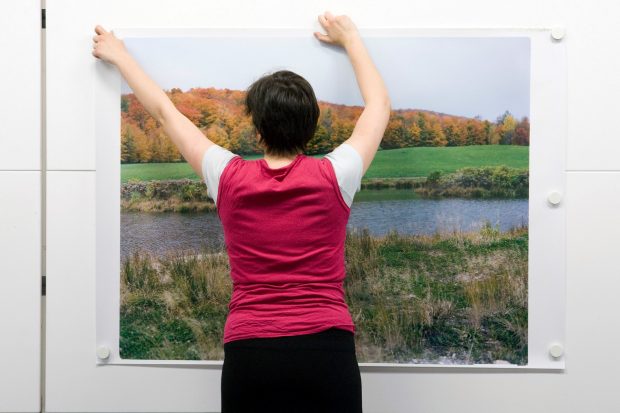PHOTOGRAPHY
Alice Cloutier
Why study Photography?
Photography blends artistic vision with technical skill. In our program, you’ll work across black-and-white analogue photography and contemporary digital practices. You’ll learn camera techniques, black-and-white darkroom printing, and advanced digital photography workflows, including colour image-making and professional printing processes.
Our upgraded digital facilities ensure you are trained with current tools and technologies, preparing you for today’s image-based world. Alongside technical training, you’ll also take courses that develop your critical thinking and visual language.
Student work
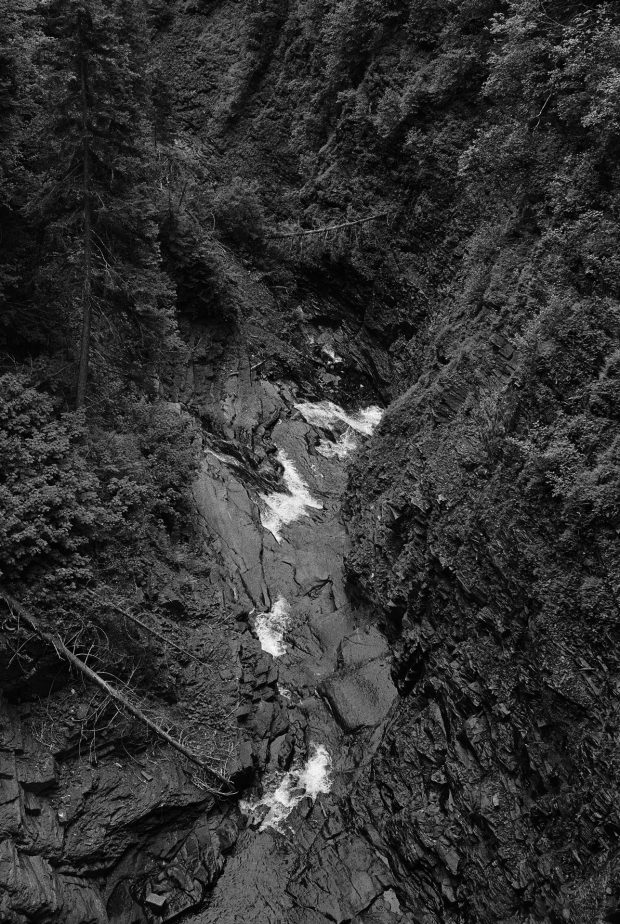
Antoine Giroux
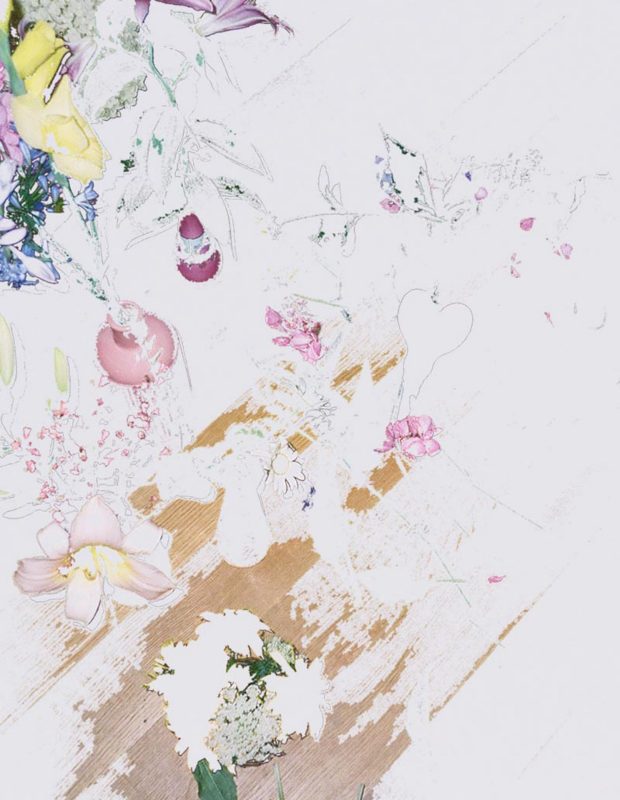
Isabelle Bredt
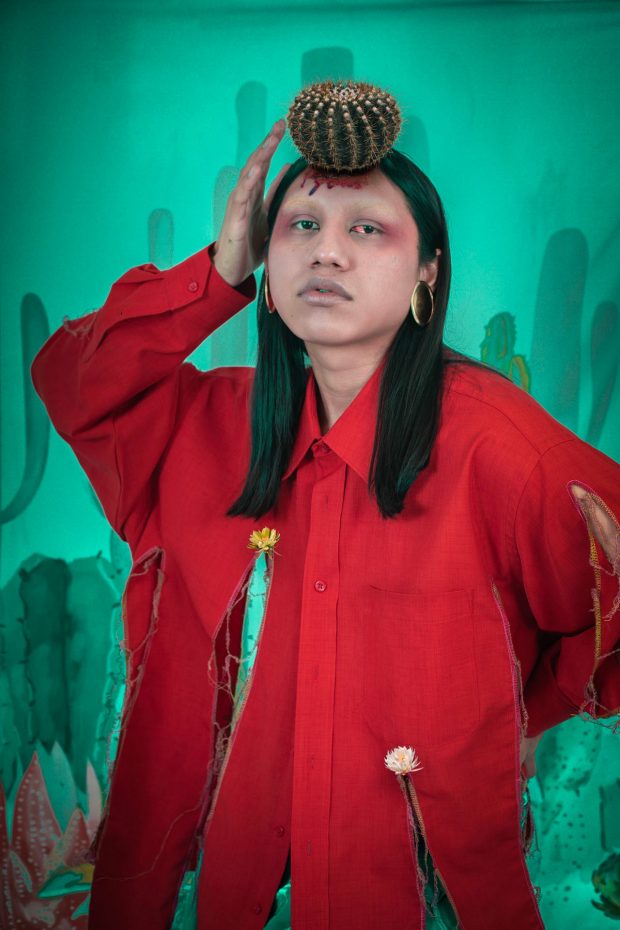
Niebla Edson, Nopal en la frente
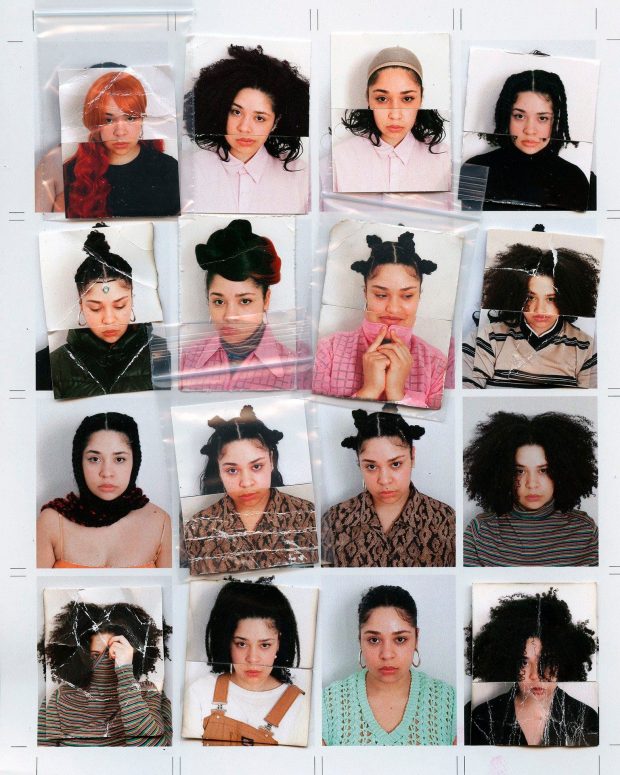
Mallory Lowe
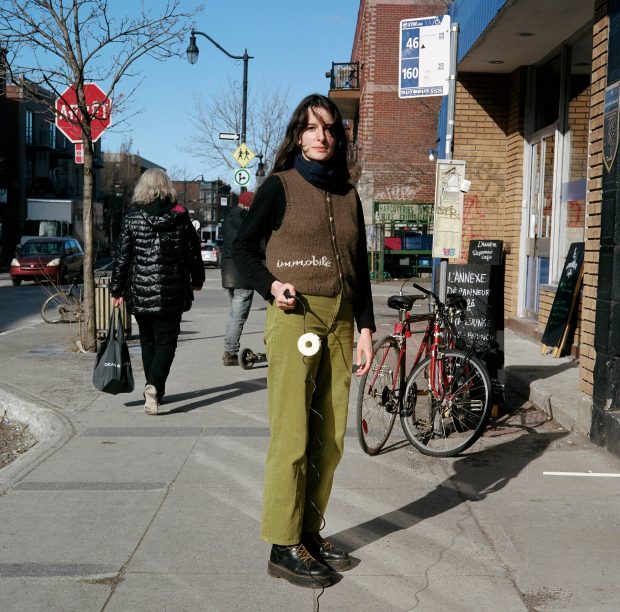
Alix Labelle
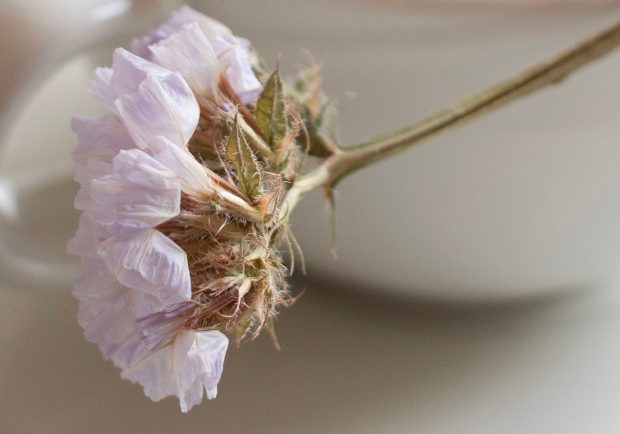
Monica Rosauri


